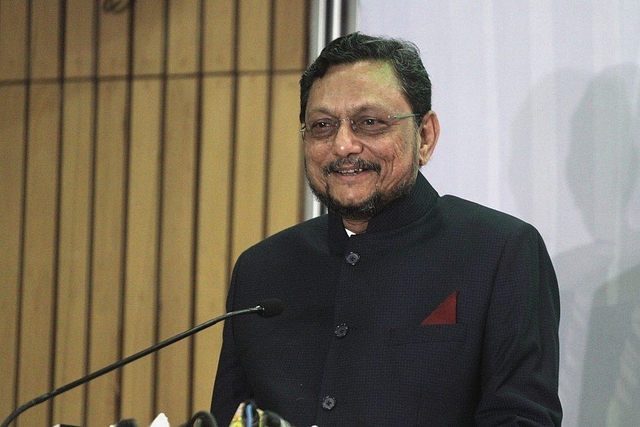
Jamia Violence: CJI Bobde Must Set New Rules For Public Protests, Impose Fines For Damage Caused
India is being held to ransom by protesters taking to the streets and indulging in violence and destruction.
The anti-CAA protests should be seen as a test case in which new rules are laid down for protesters in a democracy.
Chief Justice of India (CJI) S A Bobde showed India’s rent-a-cause lawyers the mirror when they asked him to hear a case relating to the student violence at Jamia Millia on Monday (16 December). He made it clear that he cannot be held to ransom, and that if the courts must hear any petition, violence has to stop.
CJI Bobde said: “We want peace. If violence continues and destruction of public property continues, we don’t want to hear the case. Just because they are students they cannot take the law into their own hands… We are not opposed to peaceful demonstrations, but if you want to take to the streets, take to the streets.”
The last statement is important. The truth about India’s Left-wing institutions (in this case, Islamic ones too) is that they want to run with the hare and hunt with the hounds. They will use violent street protests and then move the courts seeking intervention as if they are all law-abiding innocents being bullied and hurt by the police. We saw this not only at Jamia, but also in West Bengal the other day, as Muslim mobs ran amok, setting fire to trains and public property.
What CJI Bobde effectively said is that if you want to settle the matter by taking to the streets, don’t come to the courts, especially if your violence is countered by the strong arm of the law. Justice is courts is only for those who are willing to follow the law and play by the rules.
When the case comes up before the court, maybe the Chief Justice should set a pre-condition for hearing all such cases in future: that the parties demanding justice from the courts should undertake to pay for all the damage they themselves do when taking to the streets. They cannot claim legal protection and still break the law on the streets by violent behaviour and destruction of public properties.
Just as the courts created the Visakha guidelines for handling sexual harassment at the workplace, the current anti-Citizenship Amendment Act (CAA) protests can be used to set new rules for protests on the streets. The new rules, which both Centre and states should be asked to implement, could include the following.
One, the police must have a clearly defined SOP (standard operating procedure) on how much and what kind of force they will use to control what kind of situation. If SOPs are followed, no policeman should be proceeded against if injuries are inflicted on violent protesters in order to protect property and maintain law and order. The term “excessive use of force” by the police should be clearly defined, so that there is no scope for argument after the event.
Two, the court must mandate body cameras for the police force and additional video-graphing of such events so that it is possible to find out who used force and against whom. Currently, the rioters are able to produce unauthenticated private video evidence, but the police are not. Cameras should be routinely trained on protests and protest organisers so that the truth is not obfuscated by the absence of evidence on who started the violence, and who said provocative things to incite mobs.
Three, any loss of property must be compensated by the people organising the protests, whether a political party or a social organisation. If there is no organisation orchestrating the protests, reasonable penalties can be imposed on all people shown on camera to be acting violently and destroying properties.
India is being held to ransom by protesters taking to the streets and indulging in violence and destruction. The anti-CAA protests should be seen as a test case in which new rules are laid down for protesters in a democracy.
Public and private properties and the lives of both protesters and policemen are sacrosanct: whoever breaks the rules must be asked to pay for it. And this includes the police, if they are shown to be instigating the violence or using force beyond what is necessary to control the crowds.